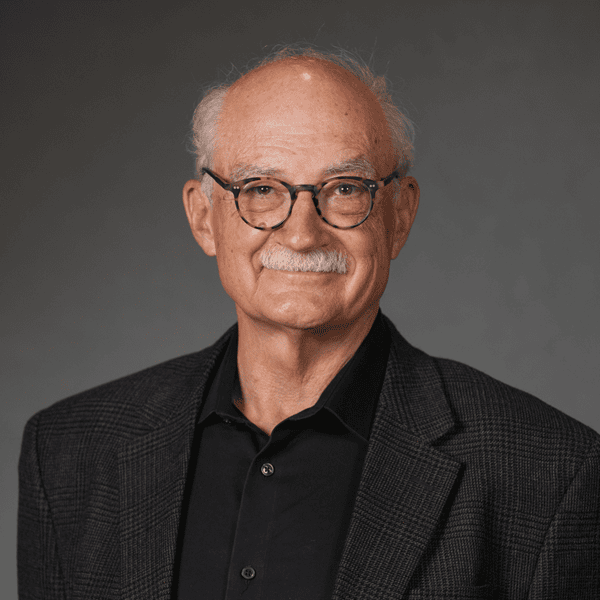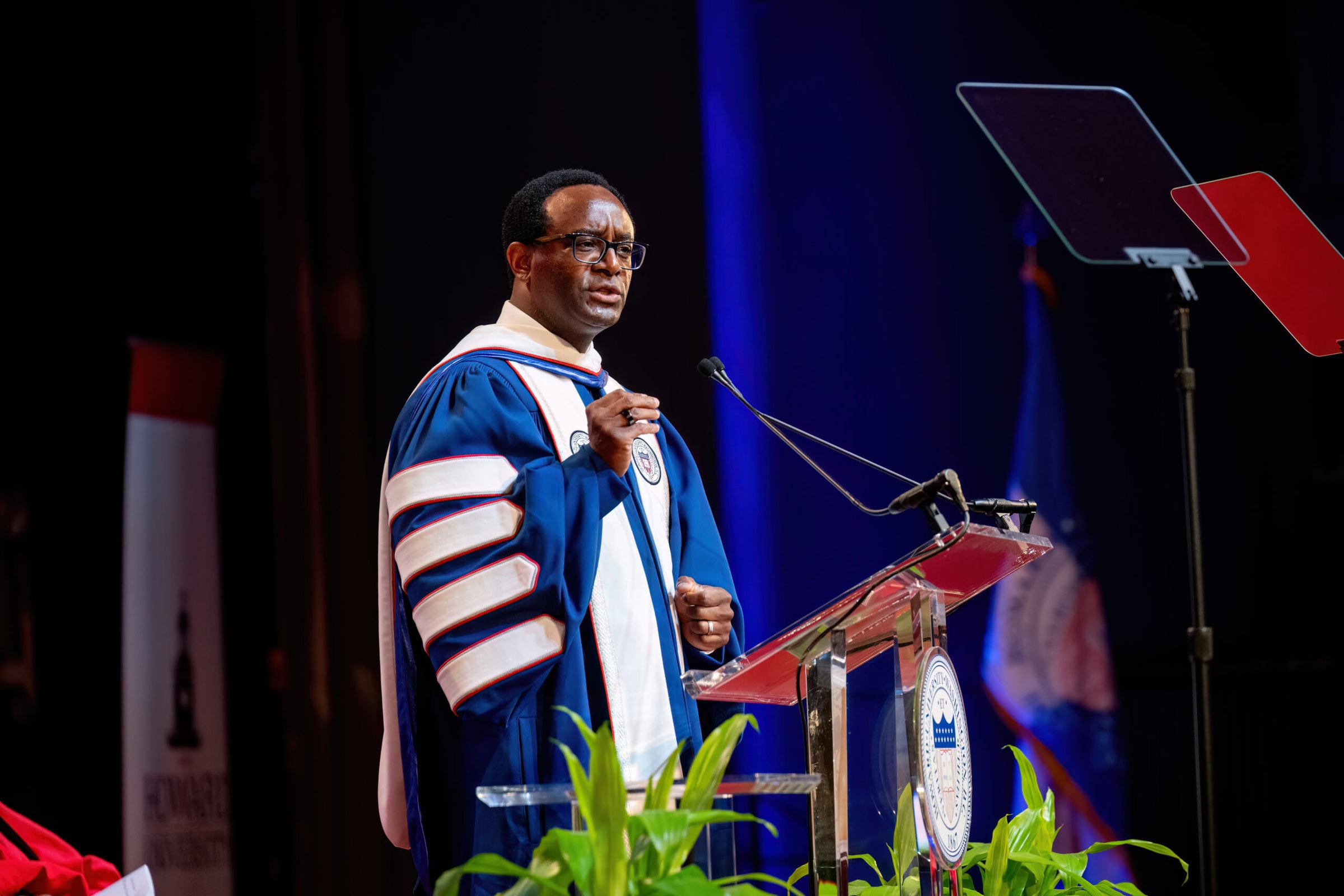In May 1519, the Venetian Senate received reports of a ghost in the lagoon town of Chioggia, which had disturbed sleeping priests by knocking under their beds. The prolific diarist and senator Marin Sanudo was at first doubtful. “For several days the news of this has already been bruited about the city,” he wrote. “But I did not want to record it until I better understood the matter.” The priests reported that the ghost warned about a coming flood, news that threw Chioggia into such a panic that, according to the rumors, pregnant women miscarried. The frightened bishop, in whose palace the ghost had appeared, abandoned his flock for the safety of Venice and refused to return even after Venetian authorities ordered him back. An investigation soon revealed the whole story to have been a hoax, which Sanudo termed “a very ridiculous affair”—but tell that to the frightened women who were said to have lost pregnancies.
My own secondhand experience with ghosts seemed equally ridiculous. As a boy, I attended church meetings during which some congregants bore their testimonies, a standard practice among radical denominations on the fringes of the Protestant tradition. One Sunday, a strangely disheveled woman, who I had never seen before, arose holding a crying baby in her arms. With tears flowing and nose running, she testified to seeing three figures walk across a nearby lake. To me she seemed crazy, especially since her speaking was so agitated. The congregation sat in embarrassed silence. No one rose to comfort her, and she ran out of the meeting before it was over, never to be seen again. She was an anomaly in a 1950s church meeting, but her reported vision of the three Nephites, as they were known locally, fit into a mythology kept alive by expectations of the uncanny. In the mythology, these figures were not ghosts but a version of the undead. That distinction, however, did not make any sense to my young mind.
Historical ghosts come in different forms: there are those who suffered injustices in the past, there are our reputed ancestors, and then there are the metaphorical ghosts. Ghosts are, of course, invented. The historical problem is to discern who invented them, why they did so, and what interests ghosts defend or defy. However fictional, ghosts have led historians into many strange dark passages of the past, because such specters infest the spirit of our craft by personifying invented traditions. The scary moments come not because they creep into our bedrooms, offices, or thoughts unbidden but because our research invites them to tell what they have to say. Ghosts always have a message. The historian’s persistent fear is that the ghosts of the past will remain unknowable and untranslatable and therefore cannot be brought down to earth. The problem is to employ a method to interpret their message without falling under their spell.
Ghosts have led historians into many strange dark passages of the past.
There have always been some for whom ghosts are neither invented nor a fantasy but quite real, more real than what the mere physical makes evident to our eyes and ears. Think of the religious ghosts, especially the Holy Ghost (or Holy Spirit, to the more fastidious). Christians are to think of the Holy Ghost as a very real if disembodied being, and theology offers a sophisticated theory, distinguishing among kinds of ghosts and their differences from demons, delusions, apparitions, holy visions, and communications from the divine. Even literature plays on the widespread belief in the reality of—or at least persistent significance of—ghosts, as in Shakespeare (Banquo, Hamlet’s father, King Richard III’s victims) or Dickens (A Christmas Carol). These ghosts were all once known to the living but return from the dead with something to remind, reveal, or warn.
Even among educated sophisticates, belief in ghosts has faded slowly. In the late 19th and early 20th centuries in Britain and the United States, spiritualists communed with the dead through the intervention of a medium, who, as Alex Owen has shown, was usually a woman whose reputed abilities gave her exceptional authority and independence. The spiritualists thrived in high intellectual circles as an avant-garde imbued with the new Freudian theories of the unconscious, which posited hidden forces abroad in the mind. What was the difference between, on the one hand, the dead knocking under a bed in the night or at a table in a séance and, on the other, the suppressed memories of patients whose dreams or dialogues with a therapist bring back past traumas? Are these not all ghosts?
As we learn from Richard White’s recent book, Who Killed Jane Stanford?, a ghost founded Stanford University. After Leland Stanford Jr. died from typhoid at age 15, he reappeared to one or both of his parents instructing, “Father, I want you to build a university for the benefit of poor young men, so they can have the same advantages the rich have.” When Leland Sr. died too, his widow, Jane, relied on communications with the spirits of her son and husband to interfere in the running of the university. Whether attempting to have a faculty member fired or to keep out dangerously sexual female students, who were not included in Leland Jr.’s original ghostly command, only Jane’s spiritual connection to both Lelands could keep the university on its true and proper path.
Metaphorical ghosts, however, remain the most troublesome sort, especially those ghosts of invented traditions. None have inflicted as much misery as those that serve nationalisms and lost causes. The ghost of Prince Lazar, who died at the Battle of Kosovo, has haunted Serbian history ever since that day in 1389. On the battle’s anniversary in 1914, the Serbian nationalist Gavrilo Princip assassinated Archduke Franz Ferdinand of Austria and set off World War I. On the 600th anniversary of Lazar’s death, Slobodan Milošević gave a speech on the site of the battle that initiated the breakup of Yugoslavia and its bloody aftermath.
As we learn from Richard White, a ghost founded Stanford University.
In the United States, the ghosts of the Confederacy continue to prowl dark corners. Their original message, which spoke to the rhetoric of southern defeat, no longer has “much to do with the memory of the Civil War,” as my former colleague Gaines Foster argued in Ghosts of the Confederacy (Oxford Univ. Press, 1987). During the late 19th century, a sugarcoated version of the Confederacy had greater power for white elites in the South than did scratching at old scars. Nevertheless, “the New South of the twentieth century remained a land haunted by the ghosts of the Confederacy,” Foster wrote. Those ghosts “were not ancestral spirits who exercise constant or crucial influence, however. Rather, they were phantoms called forth from time to time by various people for differing purposes,” often in the service of white supremacy. Such hauntings, as Tony Horwitz’s Confederates in the Attic (Vintage, 1998) showed, had still not been put to rest by the end of the 20th century. And now in the 21st, the Confederacy’s newest acolytes resurfaced in 2017 in Charlottesville to assault the truth with deadly violence as they once had under Jim Crow. These heathen ghosts no longer chorused about the supposed graciousness and independent spirit of the Old South but ironically proved that the Civil War was about the institution of slavery itself.
Lest historians feel too smug, ghosts continued to haunt education and public memory, in the South where the United Daughters of the Confederacy poisoned history teaching for much of the 20th century, but also in northern, midwestern, and western states where Lost Cause mythology also took hold. Lest Yankees feel too smug, Columbia University’s William A. Dunning, whose AHA presidential address in 1913 was boldly titled “Truth in History,” indoctrinated generations of students with a racist interpretation of Reconstruction. Through its Racist Histories and the AHA initiative, the Association is endeavoring to come to terms with its own ghosts. Moreover, as recent legislation in Florida and Texas proves, the ghosts are still with us, challenging all historical professionals to become ghostbusters. Five hundred years ago, Marin Sanudo managed to see ghost stories as ridiculous, but far too many of our fellow citizens continue to hear them knocking under the bed.
This work is licensed under a Creative Commons Attribution-NonCommercial-NoDerivatives 4.0 International License. Attribution must provide author name, article title, Perspectives on History, date of publication, and a link to this page. This license applies only to the article, not to text or images used here by permission.


